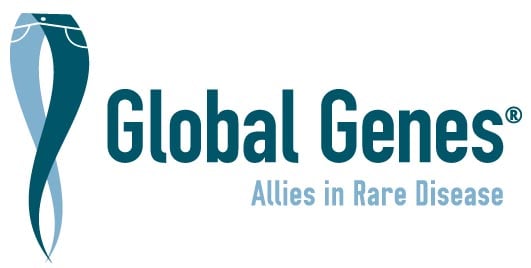Autosomal recessive cerebelloparenchymal disorder type 3
Synonyms: Autosomal recessive spinocerebellar ataxia type 2 | SCAR2
A rare autosomal recessive cerebellar ataxia characterized by early onset of non- or slowly progressive cerebellar signs and symptoms including truncal and gait ataxia dysarthria dysmetria dysdiadochokinesis tremor and nystagmus. Delayed psychomotor development and intellectual disability are variable. Additional reported features are spasticity hypotonia cataracts and sensorineural hearing loss among others. Brain imaging shows cerebellar atrophy.
Data from Orphanet are used to provide information on a disease's name, synonym(s), and overview.
Reference: Access aggregated data from Orphanet at Orphadata.
Orphadata: Free access data from Orphanet. © INSERM 1999. Available on http://www.orphadata.org. Data version April 2024
Newly diagnosed with
Autosomal recessive cerebelloparenchymal disorder type 3?
Our RARE Concierge Services Guides are available to assist you by providing information, resources and connections as you navigate your rare disease journey.
Advocacy Organizations
Ataxia and me
To relieve the needs of sufferers of Ataxia or other neurological disorders, their families and carers for the public benefit by providing patient led support and by raising awareness of such conditions."
COMBINEDBrain Inc
COMBINEDBrain is a consortium for outcome measures and biomarkers for neurodevelopmental disorders. We are collaborating to cure rare, non-verbal brain disorders.
Childhood Dementia Initiative
Childhood Dementia Initiative (CDI) is driving world first action in the consideration of the 70+ genetic conditions that cause childhood dementia under the one umbrella.
DDX3X Foundation
Our mission is to connect families, resources, and the medical community to advance research for a treatment or cure to DDX3X Syndrome. Our ultimate goal is to accelerate brain function in individuals affected by DDX3X Syndrome through advances in cell and gene therapy and pharmaceuticals.
Ducks For Dementia
Ducks For Dementia, founded on the profound compassion and vision of a young boy named David, aims to bring solace and understanding to individuals with dementia and their families. Our mission is rooted in the distribution of toy ducks as symbols of comfort, which serve not only as therapeutic aids but also as beacons of joy and companionship for those navigating the complexities of dementia.
Genetic Support Network of Victoria
The Genetic Support Network of Victoria is an organisation that supports people living with genetic, undiagnosed and rare conditions and those who support them including community and families, patient support organisations, health professionals and industry. Our vision is our community flourishing and living their best lives.
KIF1A.ORG
KIF1A.ORG is a global community dedicated to improving the lives of those affected by KIF1A Associated Neurological Disorder (KAND) and accelerating research to find a cure.
Moonshots for Unicorns
Curing single-gene disorders
National Ataxia Foundation
To accelerate the development of treatments and a cure while working to improve the lives of those living with Ataxia.
Project CASK
To fund research for treatment and/or a cure for CASK Gene Disorder
Syndromes Without A Name (SWAN) Australia
Provide information, support and advocacy to families caring for a child with an undiagnosed or rare genetic condition.
Clinical Trials
For a list of clinical trials in this disease area, please click here.
